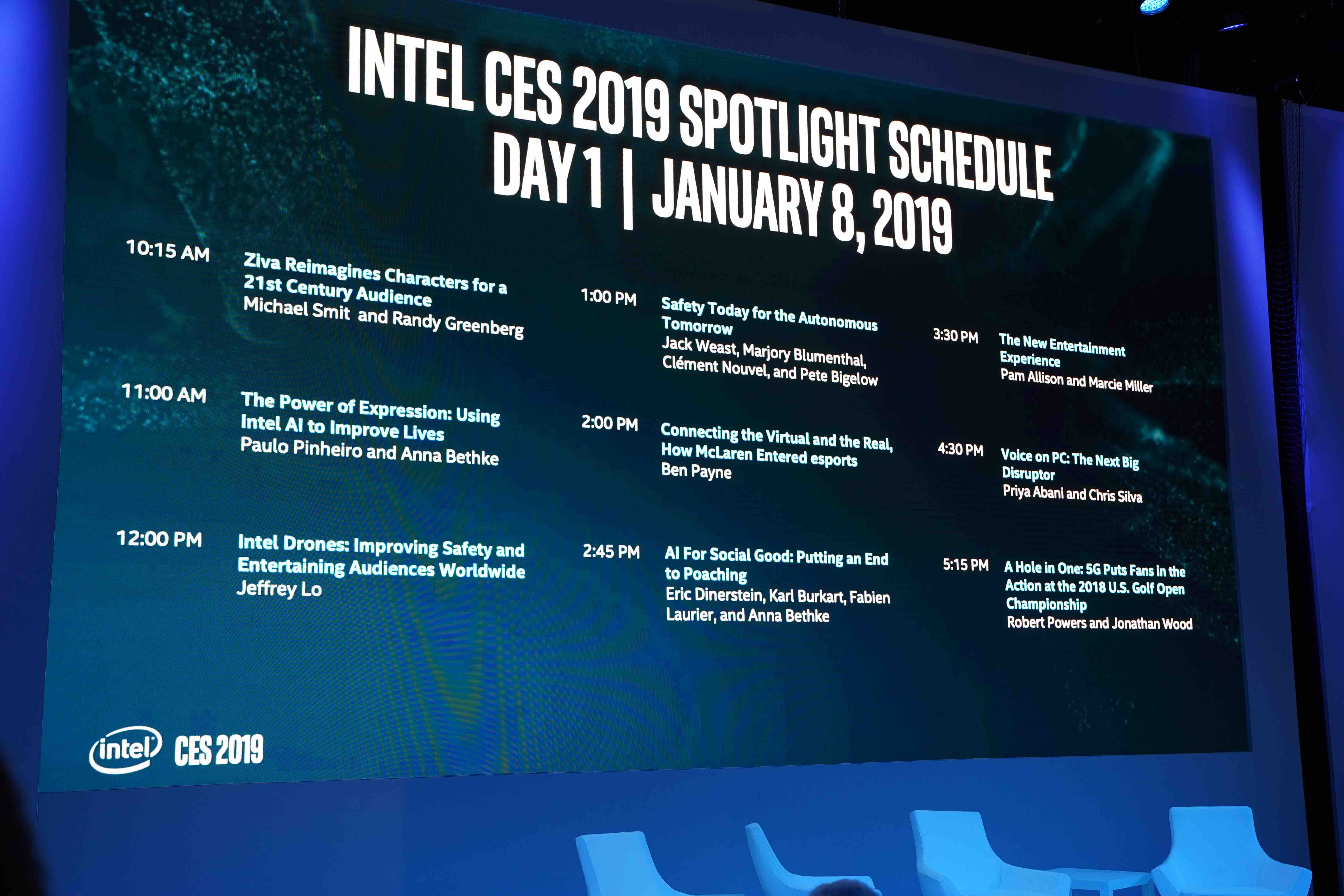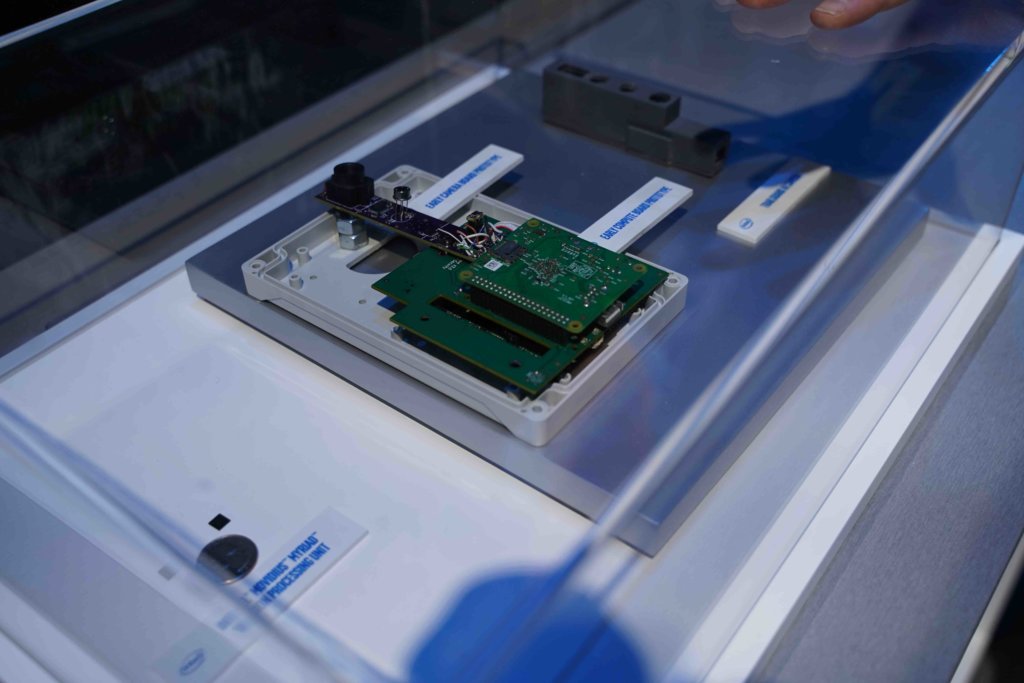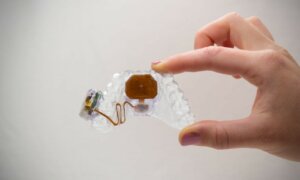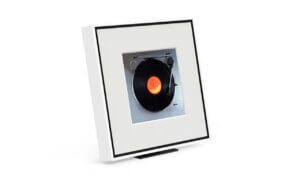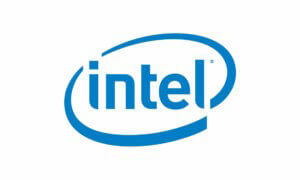At CES 2019, certain companies spent most, if not all, of their space to showcase a few products. Google, for example, used their booth to show off the multiple uses of the Google Home Hub and Google Assistant ecosystem. On the other hand, Intel had smaller, individual setups that showcased different use cases of their foundational technology, not product solutions.
A major foundational technology Intel showcased was computer vision and image processing. The follow are three interesting applications of Intel’s technology:
Tobii Eye Tracking
Labeled as a “Gaming Eye Tracking Experience,” Tobii is an eye tracking solution implemented in the lower bezel of the computer screen. It’s unobtrusive and mainly is used for eye tracking analytics. After a gaming session, the software creates a heat map of where you were looking in order for you to be better focused in-game.

Tobii does not, however, allow for full control over the computer. Certain games allow for eye controls, but it is not widely implemented. Tobii also allows you to choose what application appears in the foreground via eye control, but according to the Intel rep, that is essentially the extent of computer control with eye tracking.
Wheel Chair Manipulation
Powered by image processing, Intel is helping differently abled people live more comfortably via their wheel chair control system. Their wheel chair would be powered by facial control; movements like smiles, lip purses, etc. would be tracked by the wheel chair and result in an action. This has the potential to make wheel chair operation more convenient and more accessible to people.
Movidias Myriad
In an effort to address poaching, Intel created the Movidias Myriad Visual Processing Unit. The current solution used by tracking company Resolve was too slow and too large. By the time images were transferred to a server, processed to determine poachers, and sent back to alert authorities, animals would already be killed. In addition, the previous solution was too large meaning poachers would be able to see the camera and destroy it.
The Movidias Myriad VPU, on the other hand, is smaller than a quarter. This means that the camera size can be reduced and made more inconspicuous. In addition, the chip has an AI algorithm that determines whether or not a person is a poacher. If the chip does determine a person is a poacher, authorities can be contacted almost instantaneously to apprehend these people and save the animals.
These three products are only the start of the long list of technologies Intel showcased. 2019 looks to be an exciting year for the multinational company!
Follow TechTheLead on Google News to get the news first.

